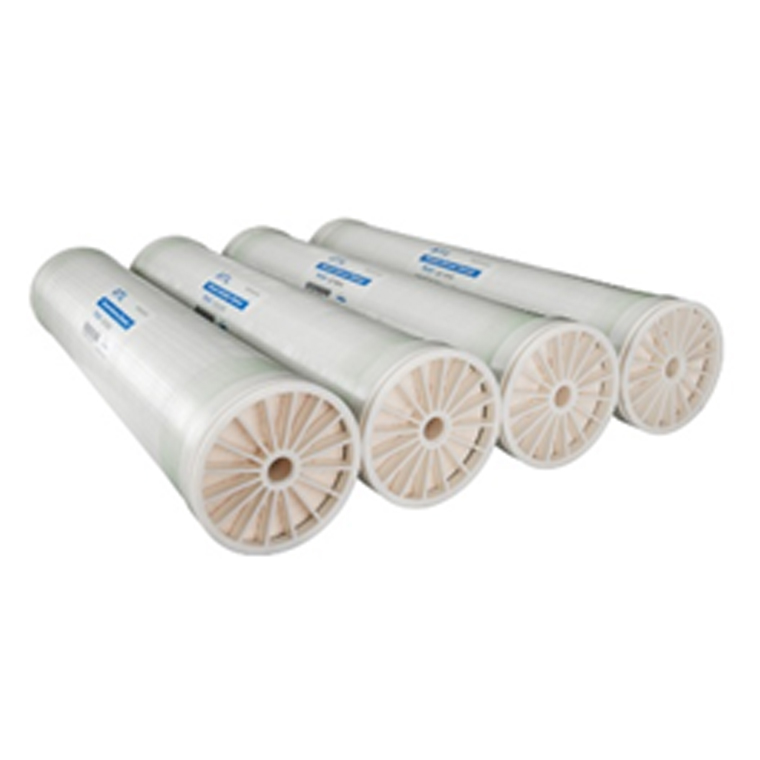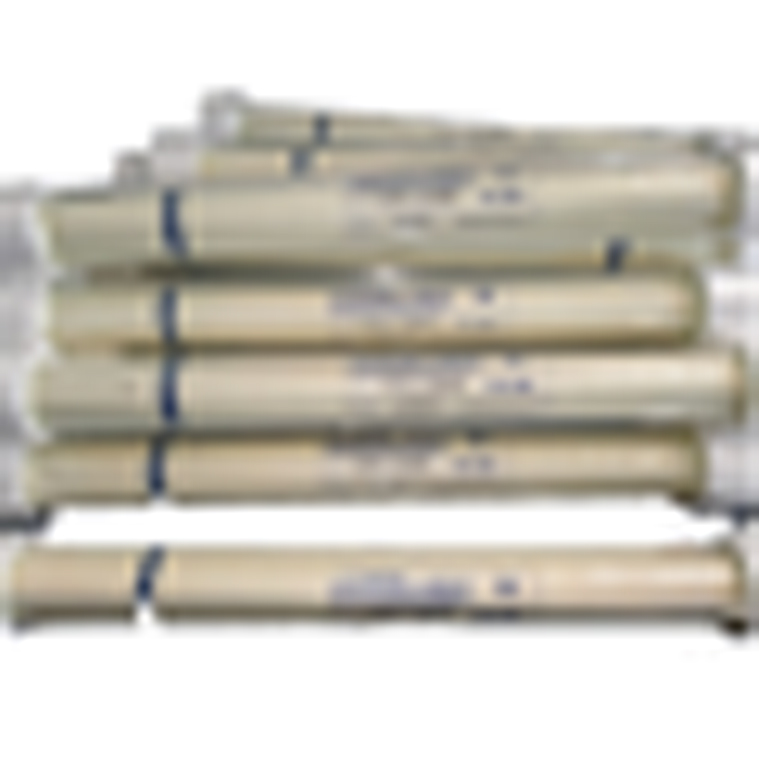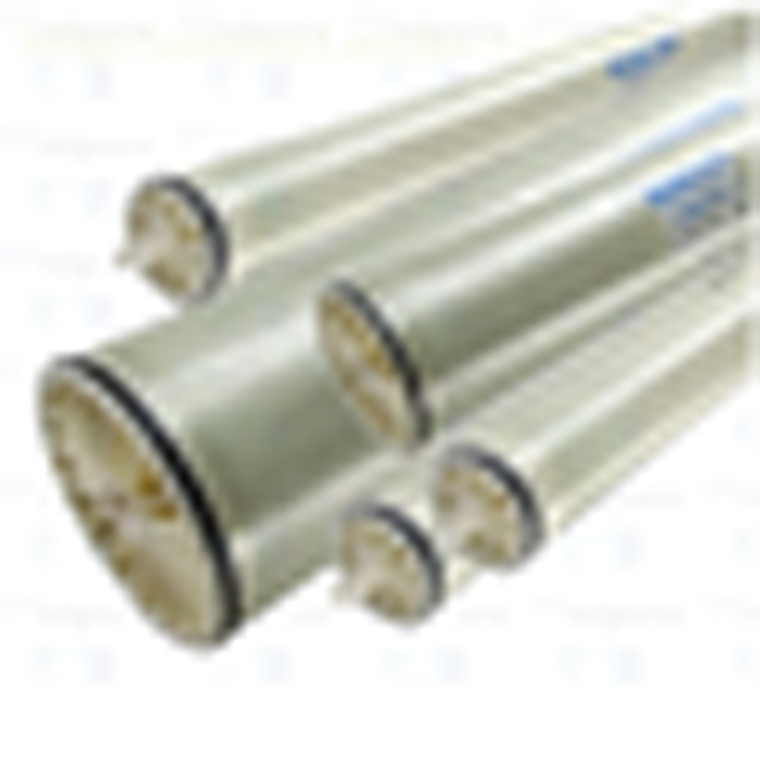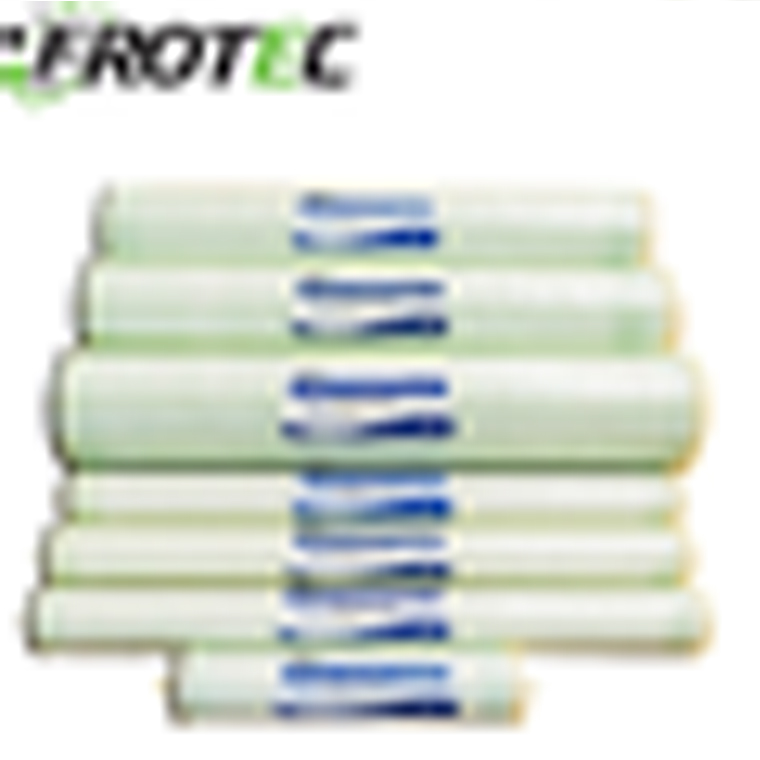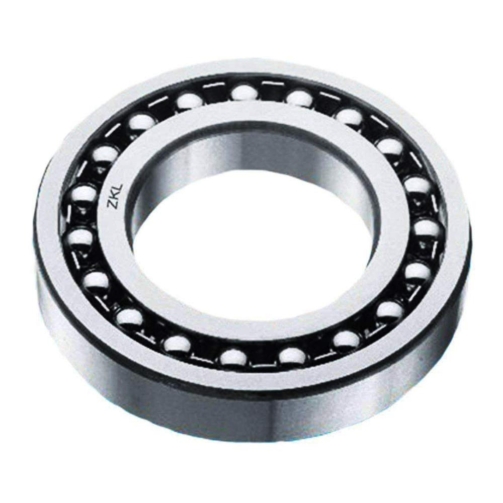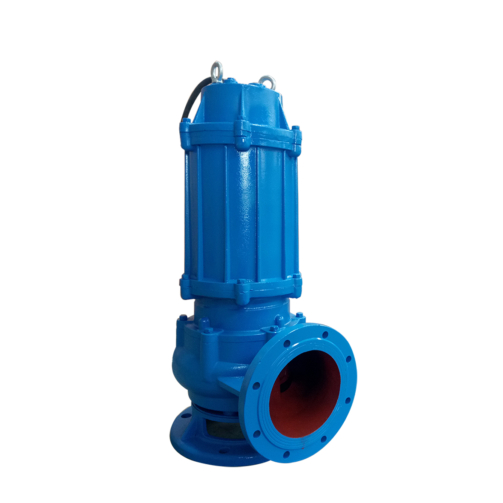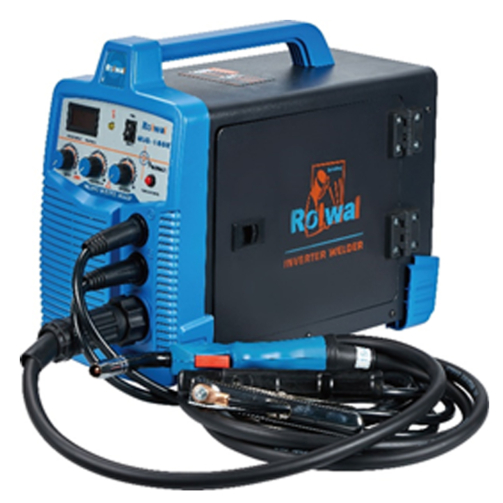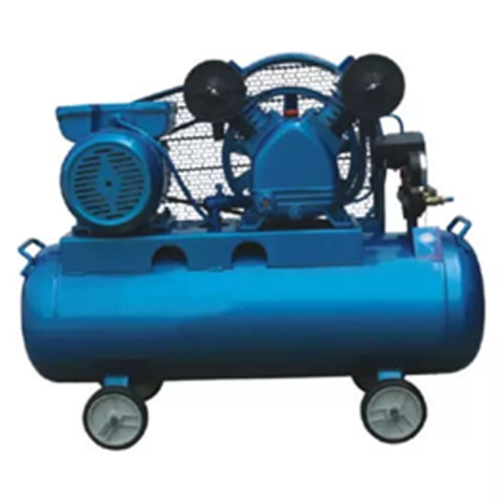Description
RO membranes are typically capable of removing 90%–99% of contaminants such as total dissolved solids (TDSs) in the water supply. The membranes are usually manufactured as a flat sheet of thin composite membranes consisting of an active polyamide layer (high permeability but impermeable to dissolved salts and particulate matter) supported by a porous polysulphone layer wound round a central collection tube
Osmosis occurs when two solutions with different concentrations are separated by a semipermeable membrane. In RO water purification systems, the osmotic pressure is overcome using hydraulic pressure, which is applied using a pump to the concentrated side. Water is then driven from the concentrated solution and collected downstream of the membrane.
RO membranes are sized on their water volume production rate and the desired hourly or daily rate of water to be used.
Application
The applications for RO are numerous and varied, and include desalination of seawater or brackish water for drinking purposes, wastewater recovery, food and beverage processing, biomedical separations, purification of home drinkingwater and industrial process water.
Also, RO is often used in the production of ultrapure water for use in the semiconductor industry, power industry (boiler feedwater), and medical/laboratory applications. Utilizing RO prior to ion exchange (IX) can substantially reduce operating costs and regeneration frequency of the IX system. Transmembrane pressures for RO typically range from 75 psig (5 bar) for brackish water to greater than 1,200 psig (84 bar) for seawater.
Technical Docs
Please feel free to contact us for any inquiries regarding this product. We can supply all brands, models/ types depending with your requirements.

